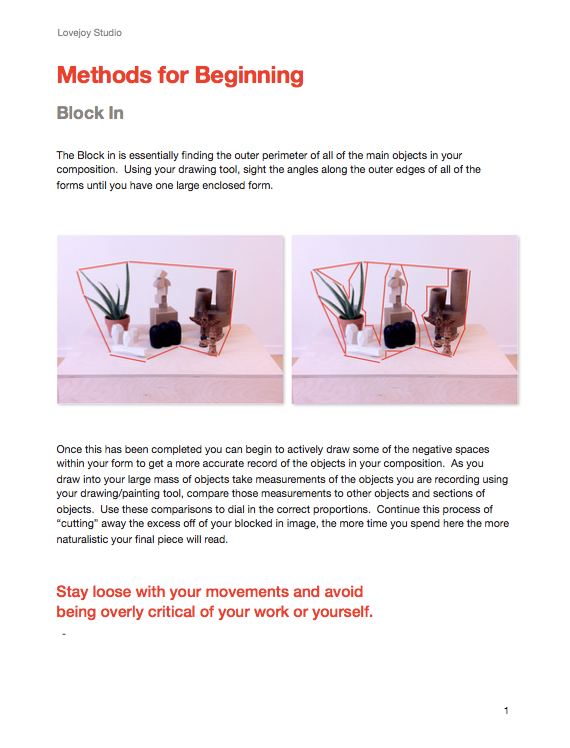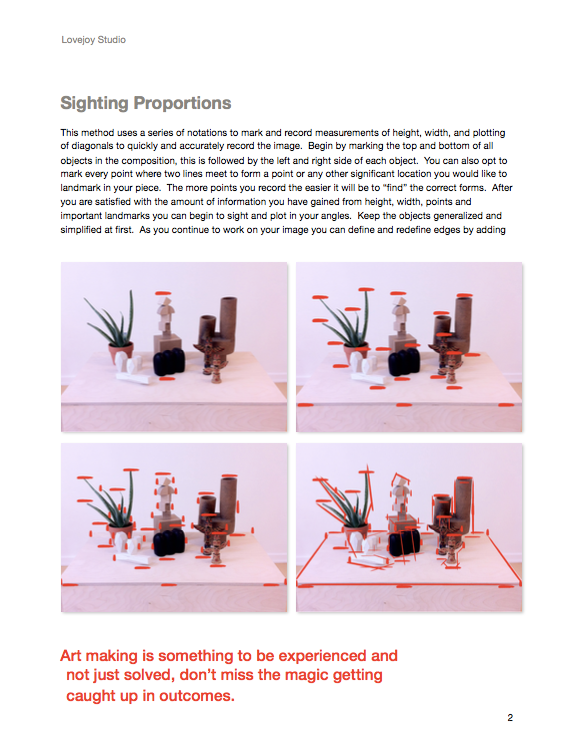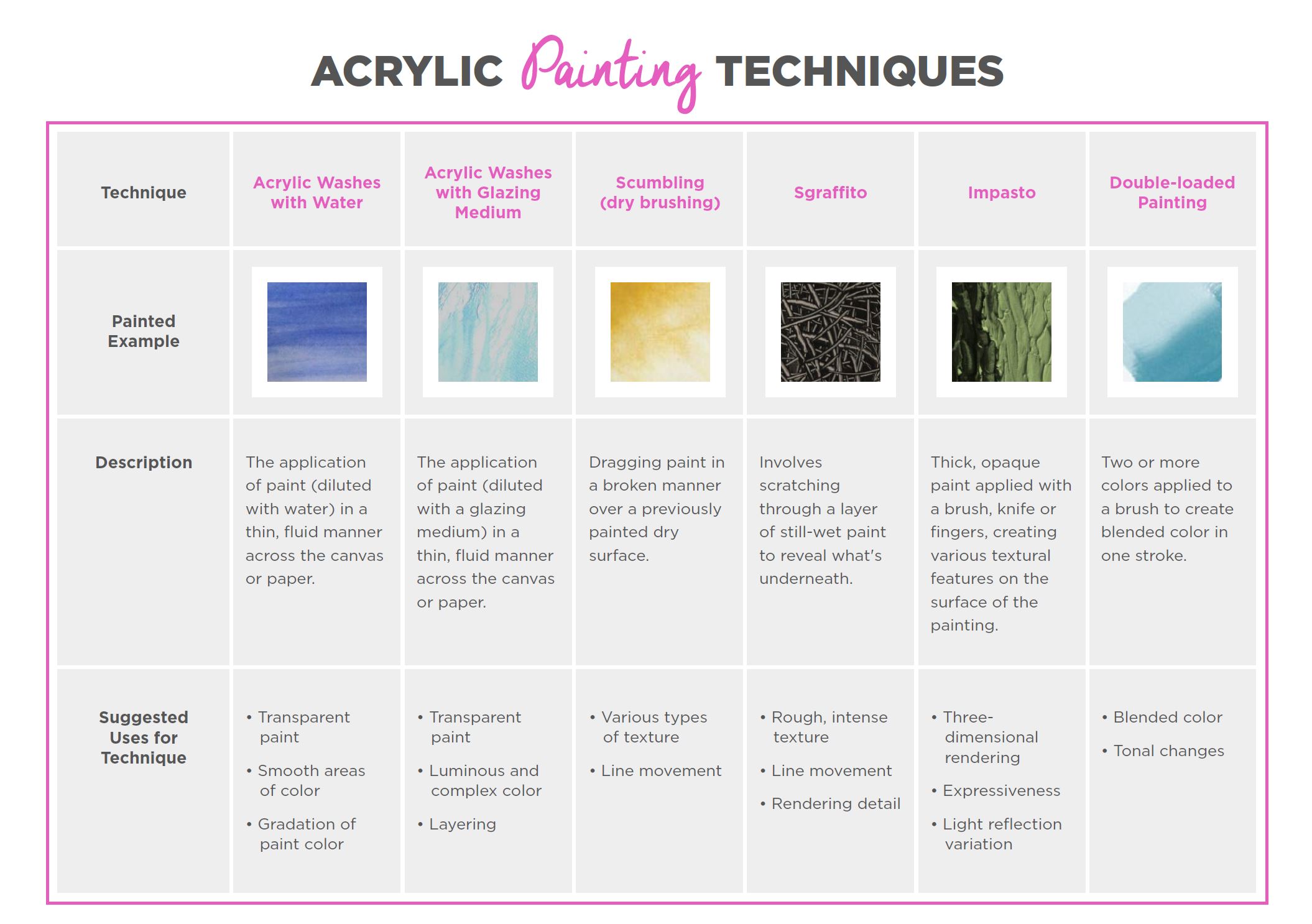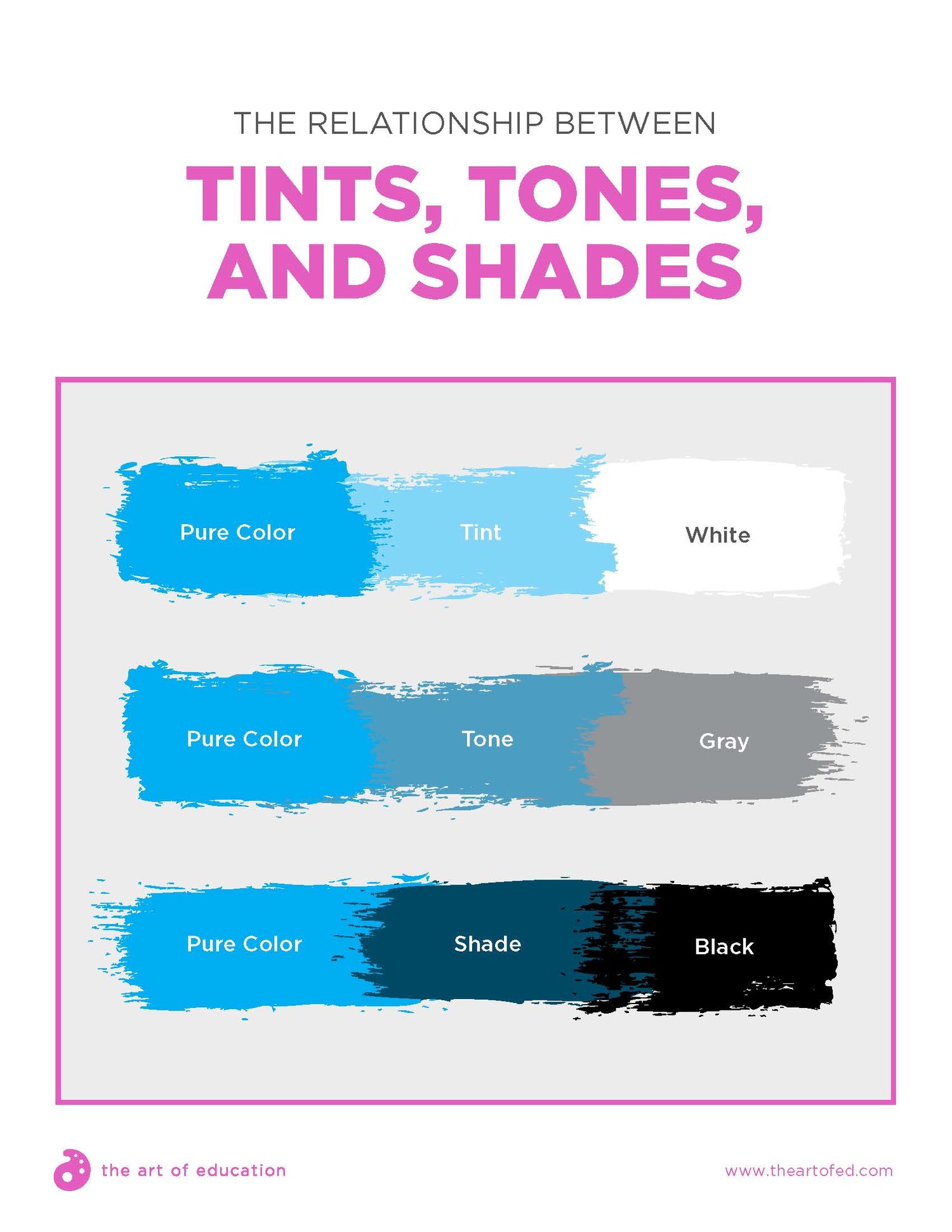How to Sound like you Understand Art.
Visionary Artist Sister Corita Kent and her Ten rules for Students, Teachers and Life.
The Lesson of Impermanence (NYT Article)
A chance encounter with a sand painting helped me learn how to doctor patients I knew I would lose.
By Sunita Puri, M.D.
March 7, 2019
As a palliative care doctor, I spend much of my time face-to-face with pain and suffering, debilitating disease and death. When I began my training, I thought I was comfortable with the idea of mortality, and with the notion that fighting death at all costs wasn’t the sole purpose of medicine. But I hadn’t expected that the type of medicine I’d chosen to practice would require a strength and perspective that medical training hadn’t offered.
It was a chance encounter with a sand painting that helped me learn how to doctor patients I knew I would lose.
At the time, I was in the middle of my yearlong fellowship in hospice and palliative medicine, seeing patients at a county hospital in San Jose. I’d immersed myself in learning how to treat patients living with serious illnesses: end-stage heart failure, widespread cancer and devastating strokes. I’d learned how to help families anticipate what dying looks like. It had become second nature to talk openly with patients about the severity of their diseases, and to ask them how we might work together to maximize joy, meaning and comfort in their waning lives.
I hoped that projecting an acceptance of death and comfort with it might soothe my patients and their families. But I had grown progressively more anxious, and occasionally despondent. I didn’t understand why death had come for a 35-year-old mother of three with a rare and aggressive cancer, or why a marathon runner was dying after a sudden heart attack when he’d been a marathon runner.
My parents, both Hindus, had taught me that understanding death as inevitable is necessary to appreciate the meaning and beauty of life. But knowing this didn’t make it any easier to lose patients within days of meeting them.
One of my attending physicians noticed that I’d become more withdrawn, less punctual and occasionally distracted. “This is difficult work,” she told me gently, reminding me that I’d need to care for myself in order to care for my patients. I tried massages, therapy, hiking and meditating under the shade of Marin County redwoods. But when my sadness grew stronger, I longed for a place where I might find community among others searching for support. I found a Vietnamese Buddhist temple that was just a short drive from the hospital.
There I whispered the Sanskrit and Punjabi prayers I’d learned as a child. Sometimes I approached the altar and spoke quietly to the statue of Buddha: Help me find the strength to do this work. Show me how. Please, take away my sadness.
One evening, the temple’s main hall was unusually crowded. People had gathered around a group of Tibetan monks hunched over a table, where they were creating a sand mandala. Metal cups filled with sand of every conceivable color — bright pink, deep navy blue, silver, maroon and mustard yellow — lined one end of the table.
I remembered my father pointing out a photo of a mandala in a museum years ago, explaining that its circular shape symbolized both the cyclical nature of birth and death and the indestructible nature of the universe. Using small scrapers and metal funnels, the monks methodically piped precise amounts of sand to create an intricate geometric pattern. That first evening, they painted a flower with multicolored petals. By the next evening, the flower was surrounded by circles of deep blue and pink and rectangles of turquoise and gold.
The following Sunday morning, the temple was overflowing with people. We all looked on as the group of brightly robed monks surrounded the mandala and began to chant in low, guttural tones, their eyes closed and palms pressed together. I stood on my toes and craned my neck to glimpse the mandala, hoping to see it encased in glass.
Instead, I looked on in shock as one of the monks began to move a feathery brush over the mandala, swirling together the gold and the navy, the circles and the rectangles. He moved along the edges of the table, sweeping away his work just as methodically as he had placed grains of sand in the same space, transforming the mandala from pattern to pile. Hot tears filled my eyes, not only because the mandala was gone, but because the hands that had created it were content to let it go.
The Bhagavad Gita, which my father had read to me as a child, emphasizes that change is the law of the universe. The Vietnamese monk Thich Nhat Hanh reminds us that “impermanence does not necessarily lead to suffering. What makes us suffer is wanting things to be permanent when they are not.” Yet it was the sweeping away of a sand painting that helped me truly understand that change and impermanence are not just spiritual tenets but laws of nature — ones that I’d struggled against and had been taught to ignore throughout much of my medical training.
Just as I’d expected that the gorgeous mandala had been created in order to be preserved, I had also expected that my patient in her 30s should live to see her children graduate from college, that the marathon runner should have lived to run more races. I’d expected, partly as a result of my medical training, to change and control what wasn’t necessarily mine to change and control. How might I doctor my dying patients differently if I remembered that everything worldly — a painstakingly crafted mandala, a sky ablaze with color, our fragile human lives — is also temporary and subject to change?
Accepting that life is finite wouldn’t prevent me from drawing upon science to diagnose and treat disease, to use every tool available in medicine to alleviate suffering. But I wondered if it would make it easier for me to endure the inevitability of change and loss that both my patients and I would experience. Perhaps it could bring me solace to remember that just as my patients’ lives are temporary, so is their suffering.
I wiped my eyes as I looked upon the remaining heap of swirled sand, itself a thing of great beauty. The monks scooped teaspoons of sand into plastic bags, handing one to each of us. Through the bag, the sand felt both tough and soft, the bright blues and pinks particularly visible when I held it up to the light.
When I returned to the hospital the next day, I thought of the mandala as I sat with a breathless man my own age dying from lung cancer, and an agitated grandmother in the final stages of dementia. I would feel compassion for both of them, but I didn’t leave work that day consumed with grief, withdrawn and disengaged. By accepting my patients’ circumstances, rather than fixating on their inherent tragedy, I could focus instead on changing what I could: easing breathlessness and agitation, explaining hospice services to their despondent families.
Before leaving the hospital that night, I removed the bag of sand from my wallet, holding it up to the light as I have so many times over the past five years when I’ve needed to remind myself of the circularity of all things, of change as life’s only constant.
Sunita Puri is medical director for palliative care at Keck Hospital and Norris Cancer Center of the University of Southern California and the author of “That Good Night: Life and Medicine in the Eleventh Hour.”
When completed with your classwork or if you would like to take a break... Watch this short video on Artist Alex Da Corte and answer the following questions:
Where is the artist from?
Describe the artists work as if you were describing it to a friend on the phone who cannot see it.
What do you think the artist's work is about? What makes you think this?
Do you like the work? Why or why not?
How might the artist's ideas influence your work? Are there any connections or interesting ideas you could continue to explore?
You Should Meditate Every Day
Opinion Columnist
Sure, it’s become a wellness fad. But it’s the best way I’ve found to keep digital monsters at bay.
Because I live in Northern California, where this sort of thing is required by local ordinance, I spent New Year’s Day at a meditation center, surrounded by hundreds of wealthy, well-meaning, Patagonia-clad white people seeking to restore order and balance to their tech-besotted lives.
In the past, I might have mocked such proceedings, but lately I’ve grown fond of performative sincerity in the service of digital balance. It’s the people who haven’t resigned themselves to meditation retreats who now make me most nervous, actually.
Which brings me to my point: It’s 2019. Why haven’t you started meditating, already? Why hasn’t everyone?
I’ve been a technology journalist for nearly 20 years and a tech devotee even longer. Over that time, I’ve been obsessed with how the digital experience scrambles how we make sense of the real world.
Technology may have liberated us from the old gatekeepers, but it also created a culture of choose-your-own-fact niches, elevated conspiracy thinking to the center of public consciousness and brought the incessant nightmare of high-school-clique drama to every human endeavor.
It also skewed our experience of daily reality. Objectively, the world today is better than ever, but the digital world inevitably makes everyone feel worse. It isn’t just the substance of daily news that unmoors you, but also the speed and volume and oversaturated fakery of it all.
A few years ago, I began to fear that the caustic mechanisms of the internet were eating away at my brain, turning me into an embittered, distracted, reflexively cynical churl. Since then, I’ve done everything I can to detox. I consulted app blockers and screen-time monitors to keep me offline. I even got my news from print newspapers in order to experience a slower, more deliberate presentation of media.
But there are limits to the supposedly life-changing magic of going offline. Smartphones are as central to the economy as cars and credit cards, and a lot of people have little meaningful opportunity to quit.
And the “offline” world is now ruled by what happens online. Escape is impossible. Quips on Twitter are indirectly programming cable news, and whatever lengths you might go to to shield your kid from the dark powers of phones, her social life will still rise and fall according to the inscrutable dynamics of Instagram and Fortnite.
And so, to survive the brain-dissolving internet, I turned to meditation.
Don’t roll your eyes. You’ve heard about the benefits of mindfulness before. Meditation has been rising up the ladder of West Coast wellness fads for several years and is now firmly in the zeitgeist.
It’s the subject of countless books, podcasts, conferences, a million-dollar app war. It’s extolled by C.E.O.s and entertainers and even taught in my kids’ elementary school (again, it’s Northern California). The fad is backed by reams of scientific research showing the benefits of mindfulness for your physical and mental health — how even short-term stints improve your attention span and your ability to focus, your memory, and other cognitive functions.
I knew all of this when I first began meditating a year ago, but I was still surprised at how the practice altered my relationship with the digital world. At first, it wasn’t easy: After decades of swimming in the frenetic digital waters, I found that my mind was often too scrambled to accommodate much focus. Sitting calmly, quietly and attempting to sharpen my thoughts on the present moment was excruciating. For a while, I flitted among several meditation books and apps, trying different ways to be mindful without pain.
Then, about four months ago, I brute-forced it: I made meditation part of my morning routine and made myself stick with it. I started with 10 minutes a day, then built up to 15, 20, then 30. Eventually, something clicked, and the benefits became noticeable, and then remarkable.
The best way I can describe the effect is to liken it to a software upgrade for my brain — an update designed to guard against the terrible way the online world takes over your time and your mind.
Now, even without app blockers, I can stay away from mindless online haunts without worrying that I’m missing out. I can better distinguish what’s important from what’s trivial, and I’m more gracious and empathetic with others online. As far as I know, people are still wrong on the internet, but, amazingly, I don’t really care anymore.
I can anticipate your excuses. First, this is all very old news: As Buddhists have known forever, meditation is really good for you, and The New York Times’s new Op-Ed columnist is On It. And second, it’s all a bit too woo-woo — it sounds promising, but you’re not one to go full Goop.
Still, I hope you give it a try. I hope everyone does. (The Times’s David Gelles has written a great guide for getting started.) I’m not promising meditation will fix everything about how the internet has ruined you.
But what if it does?
Farhad Manjoo became an opinion columnist for The New York Times in 2018. Before that, he wrote The Times’ State of the Art column. He is the author of "True Enough: Learning to Live in a Post-Fact Society." @fmanjoo • Facebook
A version of this article appears in print on Jan. 9, 2019, on Page A23 of the New York edition with the headline: You Should Meditate Every Day.
Ellen McFadden: PDX Painter
Oldest Known Drawing by Human Hands Discovered in South African Cave
“
Nine red lines on a stone flake found in a South African cave may be the earliest known drawing made by Homo sapiens, archaeologists reported on Wednesday. The artifact, which scientists think is about 73,000 years old, predates the oldest previously known modern human abstract drawings from Europe by about 30,000 years.”
Ai Weiwei Puts up Fences to Promote Freedom
The Chinese artist Ai Weiwei is internationally recognized for his massive, often provocative art installations. And yet, he's spent most of the past decade under house arrest for his persistent defense of free expression.
But as soon as his passport was reissued by the Chinese government a couple of years ago, Ai embarked on possibly his most ambitious project yet: documenting the global refugee crisis. The result of his cinematic journey, Human Flow, is out this week.
Ai spoke with NPR about his new documentary, which aims to describe what's become the largest forced migration since World War II — 65 million people displaced by war, famine and climate change.
But instead of following the experience of any one group of asylum seekers, Ai takes a more expansive tack, traveling to 23 different countries over the stretch of a year. Employing drone views, the film charts the journeys of divergent populations, including Syrians, Kenyans, Kurds, Palestinians and the Rohingya.
It's a theme that also hits home for the Chinese dissident, having grown up in isolation with his poet father, who was exiled from China.
"Being a refugee is much more than a political status," Ai says. "As a human being, if you sit in front of any of them, if you look in their eyes, you immediately understand who they are."
Interview Highlights
On seeing himself as a refugee
I was born after the year my father was criticized as an enemy of the people. In China, that's the biggest crime you can have. My father is simply a poet, a very well-known poet. So he had been exiled [and] I grew up with him in a very remote area, the desert actually, in northwest China. So I personally experienced how people have been mistreated and, of course, also really punished, for the crime he never really committed. So I share this kind of sentiment of people who miss everything and lost everything.
On what it means to be a refugee
Being a refugee is much more than a political status. It is the most pervasive kind of cruelty that can be exercised against a human being. By depriving a person of all forms of security, the most basic requirements of a normal life, by cruelly placing that person of inhospitable host countries that do not want to receive this refugee. You are forcibly robbing this human being of all aspects that would make life, not just tolerable, but meaningful in many ways.
On what his film adds to the discussion on the refugee crisis
As a human being, if you sit in front of any of them, if you look in their eyes, you immediately understand who they are. They are just like your brothers or your sisters or your own children or your grandma. It's nothing different. It's only something you can see from their eyes. They have courage. They can give up everything, just for safety or shelter, or to see their children's future maybe will change because they take this action.
On his feelings for people who fear migrants
I have great sympathy for them, for the lacking of knowledge, and as a result, lacking of the understanding of humanity, and also [how they] underestimate their own possibilities to help another person, which can be considered as the highest ritual in many, many religions — just helping someone. Never to say this is too big or it's not my problem. I do have a great, deepest sympathy for people who don't have a clear vision about the world and about themselves, [and] don't understand the value of life.
-Michael Martin
Repost from Tyler School of Art & Design Website
I stumbled upon this online at (My Alma Mater) Tyler School of Art's website. Chloe was a prior student at CAPA in Philadelphia. She was awarded this award her freshman year at Tyler. It's always great to see young artists doing what they love! Are you thinking about going to Art School? Let's talk!
Student Foundation Award: Chloe Pinero
AUTHOR: Yen Dinh
The Foundation Program has awarded three students one of the three Dean’s Foundation Awards. Students are selected by a faculty jury and representatives from the Dean’s office based on their work. The award is given to students who created excellent work in one of the three areas of the foundation curriculum.
Below is the statement of Chloe Pinero, one of the students who was selected for the award:
The creation of this piece was focused mainly on exploring the figure in large scale as well as creating a sense of drama through use of light. As a self-portrait I have depicted myself in my room, where I spend a good portion of my time. I chose to place myself in front of an open fridge, where a lot of women and girls feel most insecure as a result of social pressures to eat less than men, or not eat at all. The connected gaze with the viewer, the choice of clothing, and the act of drinking milk from the bottle, are efforts to take back power within these societal constructions.
Photo credits to Sam Fritch
Jim Carrey: I Needed Color
Jim Carrey Reveals His Impressive Art Talents in New Mini Documentary: See His Vibrant Paintings
Jim Carrey is a man of many talents.
While most fans know the actor for his comedic work on screen, a new documentary short is introducing the world to Carrey, the painter.
Carrey, who’s been drawing and painting since he was a child, puts his artwork on display in a new documentary short called I Needed Color. In it, Carrey reveals his love of painting — and how it helps him connect to his “inner life.”
“You can tell what I love by the color of the paintings,” he says in the video, posted to Vimeo. “You can tell my inner life by the darkness in some of them and you can tell what I want from the brightness in some of them.”
The actors says he first started painting as a way to cope during an emotionally hard time.
“I sketched all the time, but I didn’t do a lot of painting,” he says. “Suddenly, 6 years ago, at a time when I was trying to heal a broken heart, I decided, ‘Well, maybe I’ll paint.’ ”
And he’s been hooked ever since.
“When I really started painting a lot, I had become so obsessed that there was no where to move in my home,” he says. “Paintings were everywhere. I found myself looking around, it was a really bleak winter in New York and it was just so depressing. And I think I needed color.”
He explains, “I like the independence of it. I love the freedom of it. No one else tells you what you can or can’t do, most of the time. And there’s an immediacy to it.”
Although the short film, directed by David Bushell was posted 2 weeks ago, it recently went viral with celebrities such as LeBron James, Jane the Virgin‘s Brett Dier and Supergirl’s Chyler Leigh tweeting their praise of Carrey’s work.
-People Magazine August 2017



































































